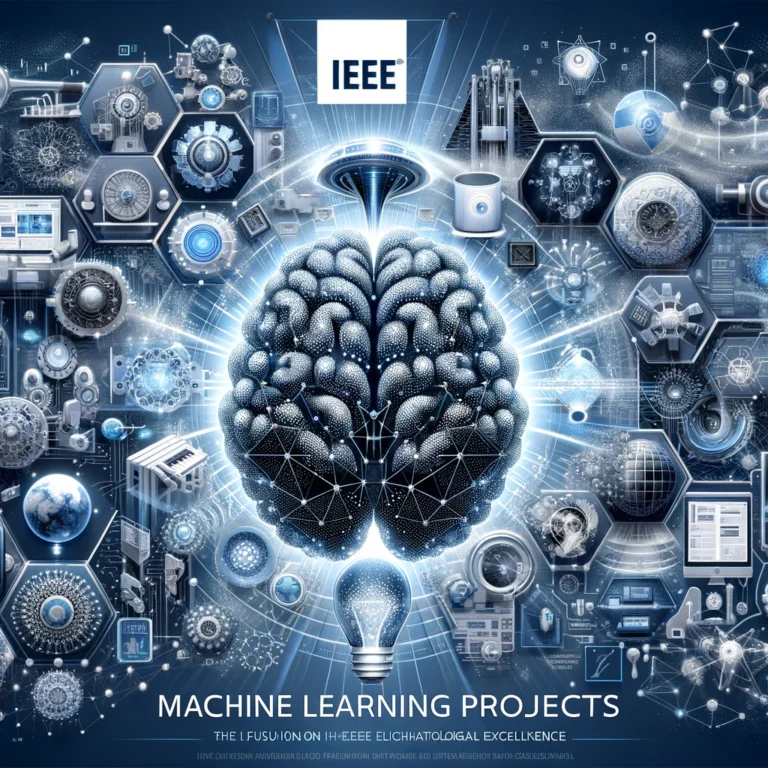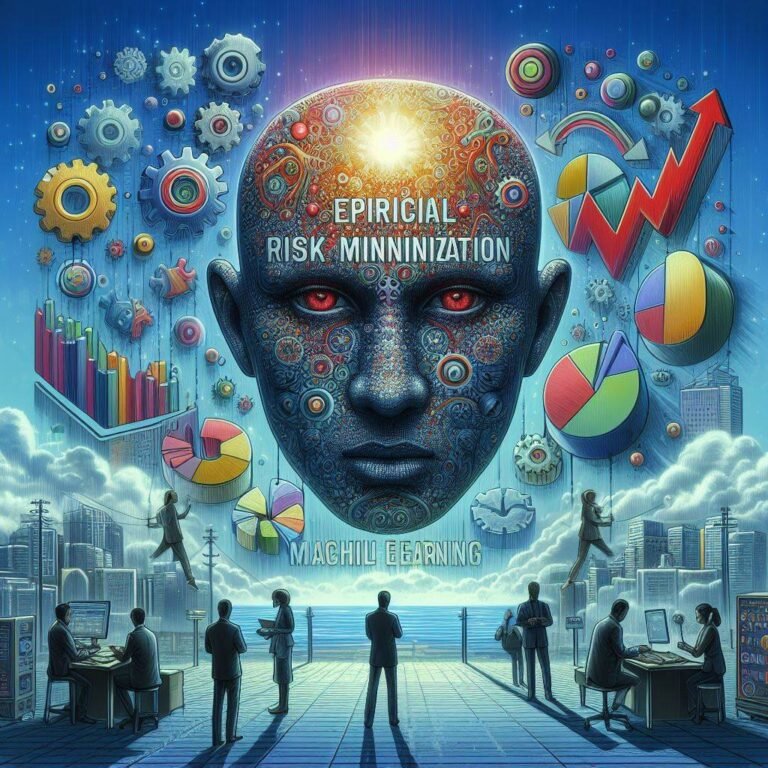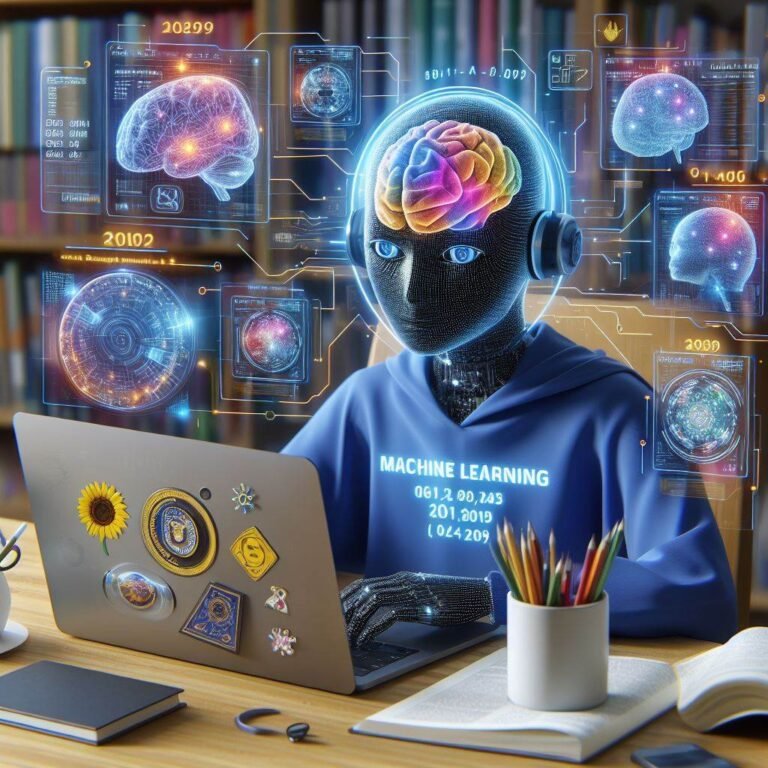Debunking Machine Learning Myths
Machine Learning Myths Debunked
Debunking Machine Learning MythsMachine learning (ML) is often heralded as a beacon of futuristic innovations and revolutionary changes across various sectors. Yet, it is also surrounded by a thick fog of misconceptions. These myths not only foster unrealistic expectations but also impede the adoption of ML technologies and stoke unwarranted fears about their impact. To navigate through the haze, let’s debunk some of the most common yet overlooked myths surrounding ML, providing a clearer view of its true capabilities and implications.
Debunking Machine Learning Myths
Myth 1: ML is a “Black Box” – You Can’t Explain Its Decisions
Often, ML is likened to a doctor providing a diagnosis without any explanation — an unsettling prospect for many. However, the narrative that ML models are indecipherable “black boxes” is becoming outdated. Thanks to the advancements in explainable AI (XAI), we now have techniques like LIME (Local Interpretable Model-agnostic Explanations) and SHAP (SHapley Additive exPlanations) that shed light on how models make their decisions. These methods can visualize the influence of specific features on individual predictions. A 2023 study by DARPA revealed that XAI techniques could enhance trust in AI systems by 20%, effectively demystifying the inner workings of ML.
Myth 2: ML Requires a Ph.D. and Tons of Data – It’s Inaccessible
The perception that entering the realm of ML necessitates advanced degrees and vast datasets is rapidly changing. Cloud computing platforms such as Google AI Platform and Amazon SageMaker are democratizing access to ML by offering pre-trained models and intuitive interfaces. Gartner’s prediction that 20% of all business applications will be developed by “citizen developers” by 2024, with many leveraging ML, underscores the lowering barriers to entry. ML is evolving into a versatile tool accessible to a broader audience, not just the domain of data scientists.
Myth 3: ML Will Steal Your Job – The Robot Takeover is Imminent
The dystopian vision of robots usurping human jobs en masse is a common trope in Hollywood. However, the reality is much less dire. Automation, while on the rise, is expected to replace specific tasks rather than entire job roles. A 2022 McKinsey report suggests that merely 8% of occupations could be fully automated. The focus is shifting towards fostering collaboration between humans and machines, with ML poised to generate new employment opportunities in data analysis, model development, and ethical oversight. Embracing continuous learning and skill enhancement is key to coexisting with AI.
Myth 4: ML is Biased and Unfair – It Discriminates Against Certain Groups
Bias in ML is a legitimate concern, as models can inherit prejudices present in their training data. Recognizing and actively mitigating these biases is essential. Innovations in data debiasing and the development of fairness-aware algorithms are steps toward making ML more equitable. A 2023 study published in Nature Machine Intelligence demonstrated that fairness interventions could significantly diminish bias in AI systems. By confronting and rectifying bias, we can ensure ML serves as a force for good, fostering inclusivity and fairness.
Myth 5: ML is Just Hype – It’s Overhyped and Doesn’t Deliver Real Results
While skepticism about ML’s practical benefits persists, evidence of its real-world impact is plentiful. For example, a 2023 study by Accenture reported that businesses adopting AI experienced a 40% boost in revenue and a 37% reduction in costs. From enhancing medical diagnoses to refining fraud detection strategies, ML is making significant contributions across various fields. The focus should be on harnessing its potential to solve pressing challenges, improve operational efficiencies, and enrich our lives.
FAQs
- Does ML understand the world like humans do? No, ML algorithms process data and make predictions based on patterns they detect, lacking human-like understanding or reasoning capabilities.
- Will ML become sentient and take over the world? Despite popular science fiction narratives, current ML technologies do not possess consciousness or self-awareness, and the primary goal remains to leverage them for the benefit of humanity.
- Can I use ML for my own projects? Yes, with the advent of user-friendly tools and resources, individuals can explore ML applications even without extensive technical expertise.
- What are the ethical considerations of using ML? Key ethical concerns include addressing bias, ensuring privacy, and maintaining accountability. Open dialogue and responsible development practices are vital for the ethical use of ML.
Conclusion
Machine learning is a potent tool with the potential to augment human capabilities, address societal issues, and drive innovation. Dispelling myths and understanding ML’s true nature and limitations enables us to approach its development and application with responsibility and optimism. By focusing on its ability to complement human skills and provide solutions to complex problems, we can embrace the opportunities it presents while navigating its challenges with informed caution.








